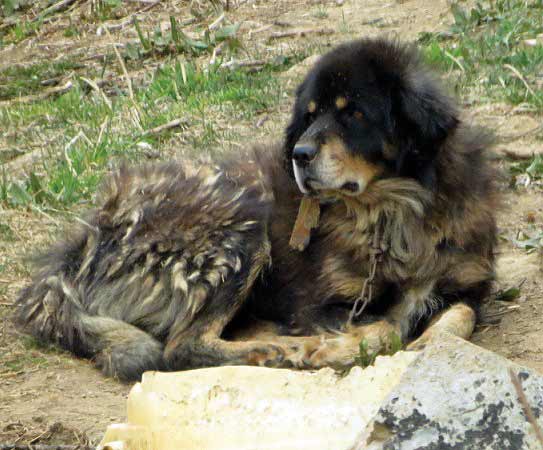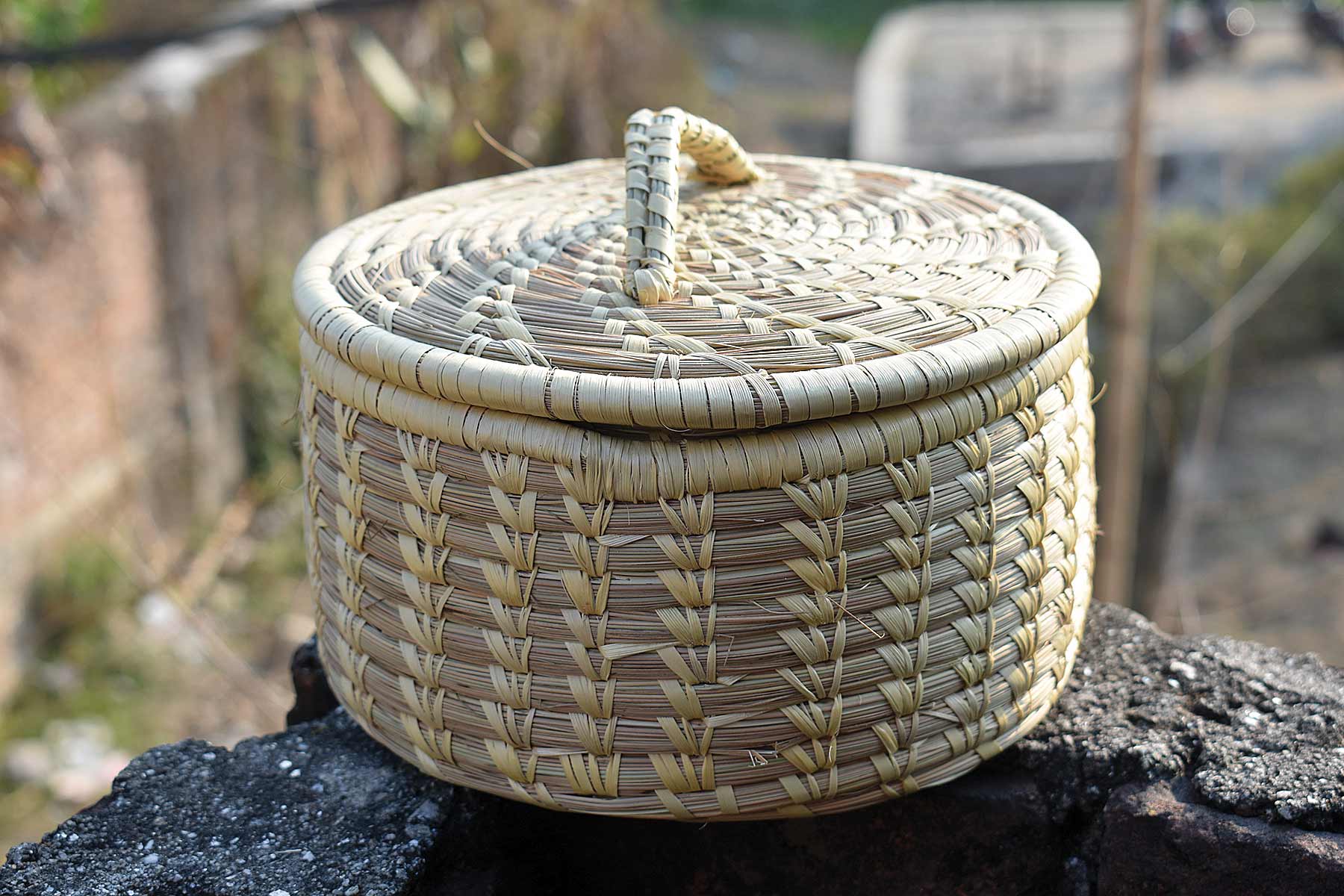.png)
One need only glance at the beer section of the local liquor store to see that the beer market in Nepal is changing. Particularly post the 2015 earthquake, the number of beer offerings available has grown exponentially. And when we look at the government tax receipts for beer, it is equally evident that people are drinking it more and more.
Beer Is A Growth Market
Alcohol consumption in general has grown consistently over the last 10 years. But a closer look at the government tax data reveals a shifting trend. For the first half of the last decade, hard liquor growth out paced beer, but about the time that the earthquake shook things up in Nepal, the taste for beer started outpacing the rest.
% Growth Year Over Year (FY 18-19 not yet available)
Prior to the 2014-15 fiscal year, beer sales grew at an average rate of approximately 24% annually, while hard liquor grew in excess of 30% each year. Ever since, however, growth in beer consumption has taken the lead at over 31% each year while growth in hard liquor has grown at little over 20% per year. And taken in aggregate of the last 10 years, consumption of beer has grown over six fold, while liquor has grown approximately five fold. In Nepal, it seems that increasingly the beverage of choice is becoming beer.
The Variety of Domestic Beers Has Exploded
The domestic market has responded quickly to cash in on this changing trend. To satisfy the Nepali thirst, we see the market following the trends from the west. Well established breweries are adding more products, and new entrants into the market are increasingly providing creative and innovative beers to drink.
Similar to the USA a generation ago, the Nepal beer market was dominated by a small number of producers, supplying competitive versions of a light lager. Since 2015, the market is bifurcating into those competing for the existing lager market, and new entrants who provide craft beers and other innovative offerings.
The Chaudhary Group, who previously launched Nepal Ice, has added Nepal Ice Premium and Natura to their lineup, as one of Nepal’s first beers made from all barley malt and premium hops. In the same time frame Yeti Brewing began operating, and offers Arna, Arna Extra Strong, and Nepal’s first light beer, Arna Light. The most recent entrant to the light lager market is Yak Brewing who just released their new Barasinghe beer, using Dutch malts.
Not to be outdone in the market, Gorkha Brewery, who produces Gorkha Beer, along with the international brands of Carlsberg, Tuborg, and San Miguel, has added Gorkha Strong, Tuborg with Scotch Malts, Tuborg Strong, Somersby and the French-style ale 1664.
International Players Go Nepali
To better compete in the Nepal market, the tax laws favor local producers. As a result we see global brands going local. Since 2015, Raj Brewery has begun producing Warsteiner, (a German lager) in Nepal. Kingfisher followed suit and began production in Nepal in 2018 (Yeti Brewing), and Budweiser will start local production this year (Raj Brewery).
Craft Beer Comes To Nepal
Mirroring the boom of craft beer in the west, Sherpa Brewing added craft beer to the Nepal market in 2015. They started with a Khumbu Kolsch, a German style ale, and quickly added the Himalayan Red, a red ale similar to a British bitter and an Irish red. They plan to add a wheat beer (beer made with majority wheat malt) and a stout (dark beer) to their offerings later this year.
Seeing the success of Sherpa Brewing, Yak Brewing has released their first craft beer labeled simply CRAFT With 100% Imported German Malts. Later this year they plan to release a blonde ale (Belgian style light ale), a dunkelweizen (a cross between a German-style dunkel and a hefeweizen), a hoppy lager, and a wit beer (Belgian style wheat beer).
The Beer Is Now Flowing
With only a few exceptions, beer in Nepal has been historically consumed from the ubiquitous 650 ml bottle. But in the last couple years the beer has literally started to flow. Though Kathmandu and Everest Breweries experimented with it, Sherpa Brewing has pioneered draft beer by supplying most restaurants with a tap system to serve their beers by the glass. Similarly Gorkha Brewery now serves Carlsberg by the glass, and most brewers are planning for kegged beer.
We also increasingly see restaurants shifting from being tied to a single brand of beer, to offering multiple brands to meet customer demand. Restaurants such as Evoke, Musicology and Ventures Cafe now offer a wide selection of beer brands. Following the lead of many craft breweries in America, Yak Brewing plans a tasting garden and guest house at their brewery in Darechok, where you can take a tour of the brewery. They are also looking to open a series of beer gardens in major cities.
Find Your Favorite
These changes in the market ultimately will benefit the consumer. Healthy competition increases quality and reduces cost. If you usually prefer drinks other than beer, now is a good time to sample the new offerings to see if there is a beer that you might like. And if you are a beer drinker, there has never been a better time to find your new favorite. No matter what type of beer you like, one of the local producers is poised to deliver it to the market.











